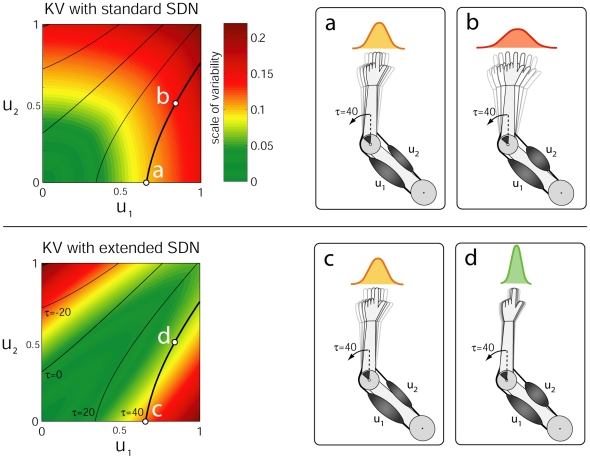Figure 2. Illustration of the effects of standard and extended SDN on kinematic variability in the end-effector.
Standard SDN scales proportionally to the muscle activation, whereas the extended SDN takes into account the stabilizing effects of higher joint impedance when co-contracting (see Methods), producing a “valley of reduced SDN” along the co-contraction line  . The colors represent the noise variance as a function of muscle activations, whereas the dark lines represent muscle activations that exert the same joint torque computed for joint angle position
. The colors represent the noise variance as a function of muscle activations, whereas the dark lines represent muscle activations that exert the same joint torque computed for joint angle position  . (a) Only muscle
. (a) Only muscle  is activated, producing
is activated, producing  Nm joint torque with a Gaussian kinematic variability of
Nm joint torque with a Gaussian kinematic variability of  . (b) The same torque with higher co-contraction produces significantly higher kinematic variability of
. (b) The same torque with higher co-contraction produces significantly higher kinematic variability of  under standard SDN. (c) Same conditions as in (a) in the case where only muscle
under standard SDN. (c) Same conditions as in (a) in the case where only muscle  is activated. In contrast to (b) the extended SDN in (d) favors co-contraction leading to smaller kinematic variability of
is activated. In contrast to (b) the extended SDN in (d) favors co-contraction leading to smaller kinematic variability of  and to more stable reaching.
and to more stable reaching.

